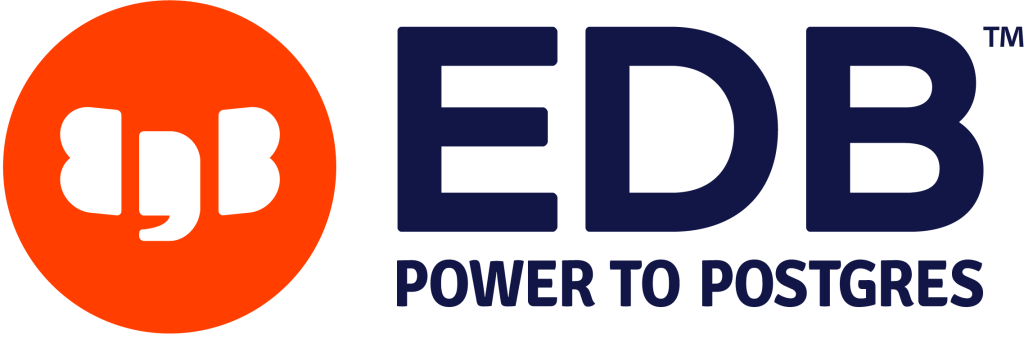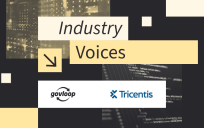Modernizing your applications and services without modernizing the underlying database is like buying a new car but installing your old engine. You’re just holding yourself back.
That’s the experience of Enterprise DB (EDB), which provides tools and services to large organizations adopting PostgreSQL (Postgres), a relational database management system based on open source technology.
Like other enterprise-grade, open source systems, Postgres helps organizations avoid the rising licensing costs and vendor lock-in that come with proprietary software, said Jeremy Wilson, CTO of North America Public Sector at EDB.
But just as importantly, Postgres is rapidly replacing legacy, proprietary software as a platform for innovation. Legacy vendors simply cannot match the agility of the open source community.
“As organizations get on board with transformation initiatives, they find that the pace of change with modern applications almost demands technology like Postgres,” Wilson said.
Not Rip-and-Replace
In many organizations, the prospect of replacing legacy database systems can seem daunting because those systems often are deeply embedded in agency operations. But Postgres is not an all-or-nothing proposition.
The software is designed to be compatible with legacy database systems and tools, enabling it to serve as a universal platform of sorts that bridges the old technology with modern applications and services. That compatibility also means database staff can continue to work their existing tools as they train on new ones.
“We’re not telling you to rip out your proprietary database and replace it with Postgres,” Wilson said. “The beauty of Postgres is that it can augment and work alongside what you have today.”
That said, Wilson noted that many organizations have chosen to make a wholesale switch, and that those that do see the most significant cost savings, because they eliminate the software licensing fees altogether.
Supporting Cloud Smart
Postgres also gives agencies more flexibility as they pursue a “cloud smart” strategy, moving some applications to the cloud but keeping others on premises.
On the one hand, Postgres supports the development and management of cloud-native applications: that is, software designed to take full advantage of cloud capabilities. On the other hand, Postgres makes it more affordable to manage applications that need to stay on premises, especially when used in conjunction with other open source technology.
In either case, it’s the same Postgres, making it possible to create a seamless hybrid environment.
Enterprise-Ready Postgres
Because it is open source, Postgres is available for anyone to download license-free, making it a database of choice for many independent developers or small development shops. EDB supports organizations looking to deploy Postgres at enterprise-scale, providing a range of services and tools.
For many organizations, Wilson said, the biggest concern is database migration. “We take into consideration all aspects of migration, from data types and schemas to logical replication and high availability,” he said.
It can seem like a challenging process, but “if it is properly planned, and you have the right partner by your side, success most definitely is achievable,” Wilson said.
This article is an excerpt from our guide “Unpacking Digital Transformation.”






Leave a Reply
You must be logged in to post a comment.